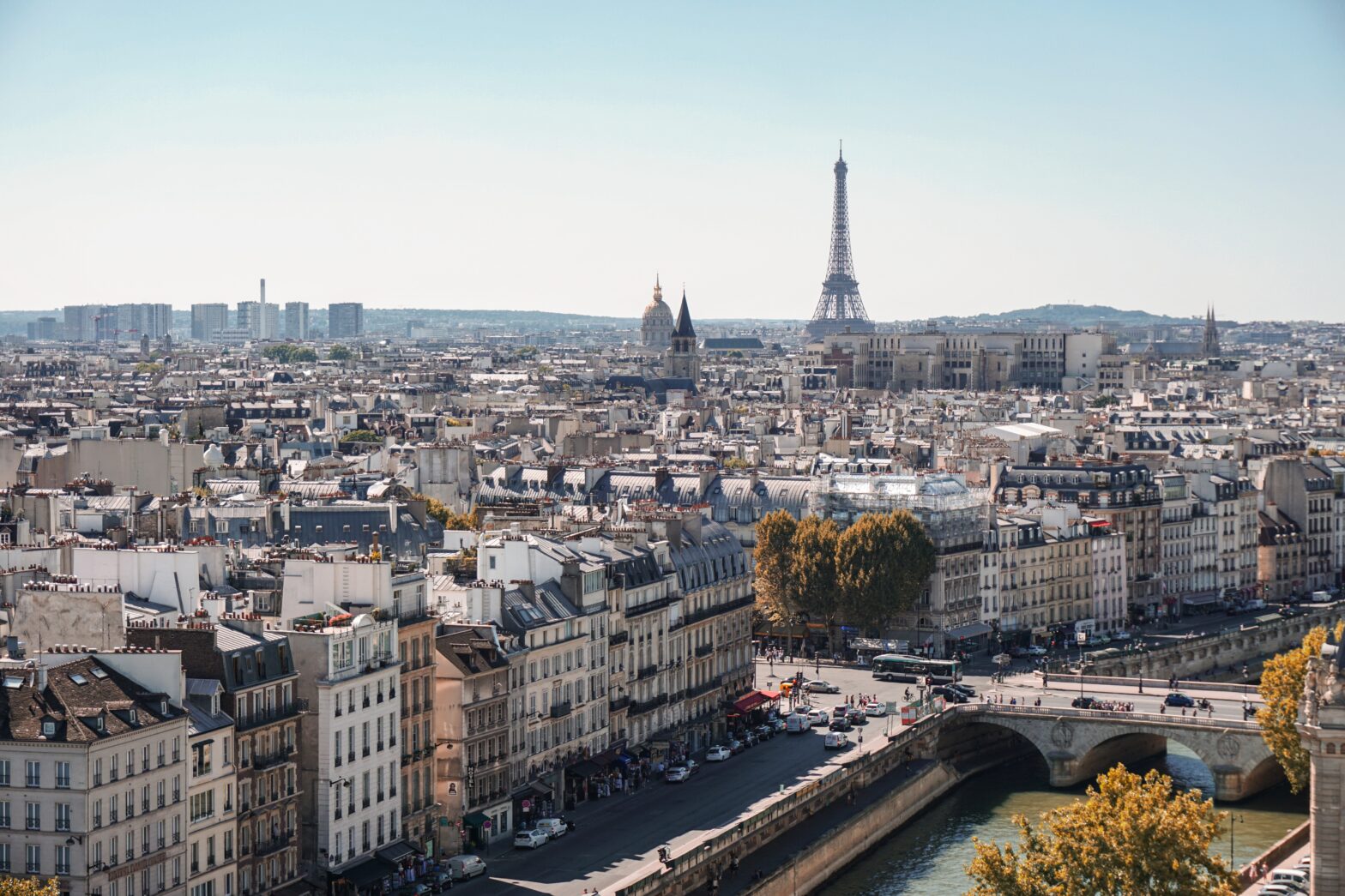The Paris arrondissements are city districts that were established in 1795. Originally, there were 12 districts, but over time that increased to 20 and now, since 2020, a total of 17 districts (although the locals still consider there to be 20 districts since the change was so recent). The word arrondissement translates to borough, so it is no surprise that each arrondissement has its own distinct character and attractions. The arrondissements of Paris also each have their own mayors, town halls, and special features. These subdivisions have their own divisional governments but are not simply administrative. The arrangement of the arrondissements is unique they follow a pattern. Starting at the heart of Paris, the geographical location of the arrondissements spiral outward (and clockwise, by number) to the surrounding lands, which is a similar pattern to a chambered nautilus or snail’s shell.
The unique charm of each arrondissement is clear to locals and familiar travelers. So, knowing what to see in each arrondissement and what they offer is important for visitors trying to make the most of their trip to Paris.
1st Arrondissement: Louvre

The 1st arrondissement is one of the smallest. It is known as the business district since most of it is dedicated to tourism and administration. It is the home of famous landmarks, museums, galleries, and monuments. Most notably, visitors can opt to explore the Louvre Museum, which is the world’s largest museum that holds some of the most unique art collections. The arts, literature, and antiques are popular in this area, so travelers who want to enjoy elegant squares, historical monuments, and the banks of the Seine River can come here.
2nd Arrondissement: Bourse
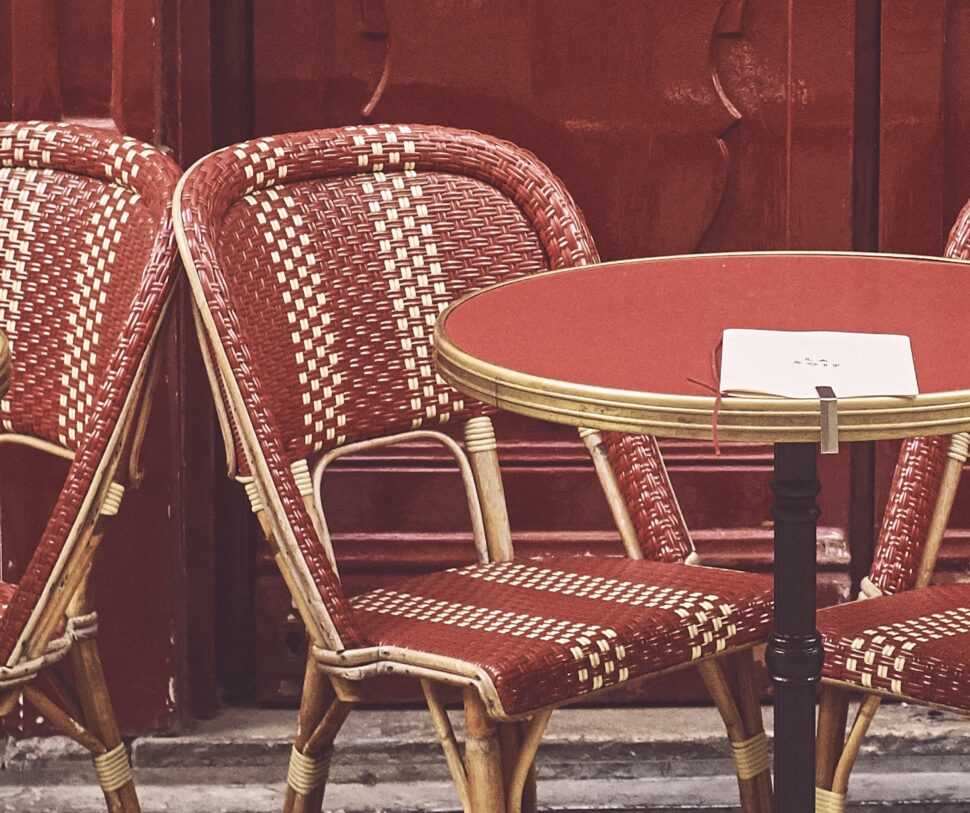
The 2nd arrondissement is the smallest and is less of a touristy area. It is also the home of the former Paris Bourse (stock exchange), which is located in the Palais Brongniart (which has been in existence since 1826). History buffs will enjoy visiting the Palais Brongniart, even though the building is now only a venue for events and conferences. If historic buildings are not the perfect sightseeing adventure, try out the Rue Montorgueil. This shopping street is a centrally located attraction that offers restaurants, cafes, and plenty of shops to stroll by at one’s leisure.
3rd Arrondissement: Marais

The 3rd arrondissement is the second smallest and a part of the historic areas of Paris (Le Marais). There are homes from 17th and 18th-century French nobility that still stand today in the 3rd arrondissement. Due to its central location, there are many accommodation options but most are lavish and on the pricey side. The Place des Vosges is a popular attraction that tourists should visit, as it is considered one of the most beautiful squares in Europe.
4th Arrondissement: Hôtel De Ville
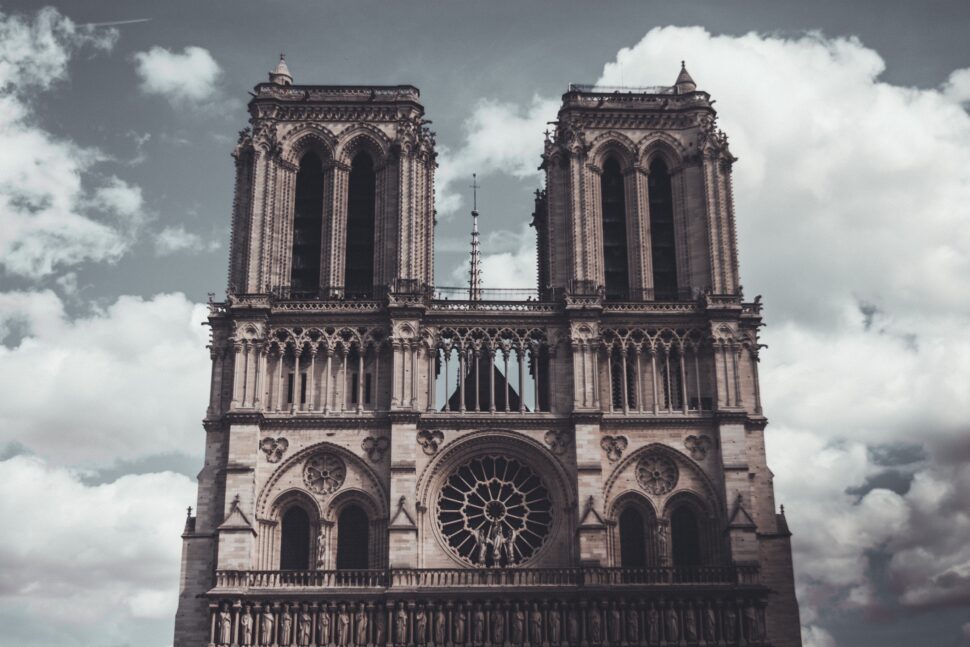
This area has a central location and is considered one of the best areas for travelers to stay in. With historic sites like Notre Dame Cathedral, this arrondissement offers attractions travelers should not miss. The fourth district provides visitors with a more hip and lively Parisian atmosphere.
5th Arrondissement: Latin Quarter
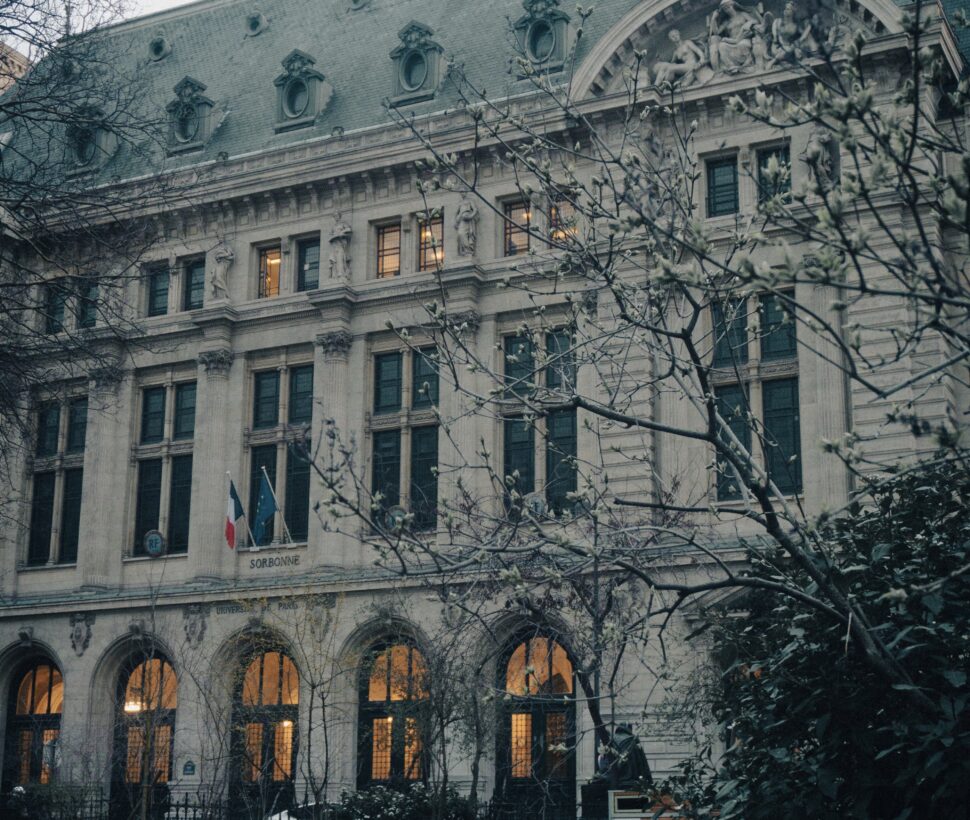
The Latin Quarter gets its name from the Middle Ages when Latin was solely used to converse by Sorbonne University students. Travelers should check out the vintage cinemas or cool student nightlife. Sorbonne University is a great place to explore for its rich history and stunning architecture.
6th Arrondissement: Saint-Germain-des-Prés
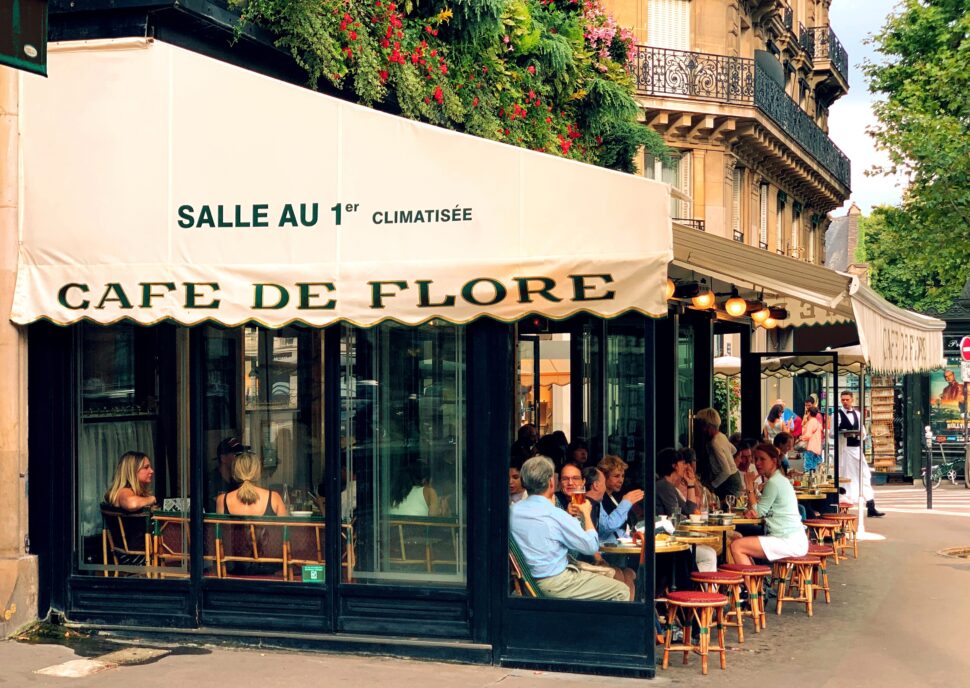
The 6th arrondissement is known for its food culture, so foodies will enjoy all it has to offer. Gourmet shops line the streets and there are plenty of popular food tours to indulge the pallets of visiting travelers. The Quartier Saint-Germain-des-Prés is one of the most popular places to stroll for tourists, local students, and artists.
7th Arrondissement: Eiffel Tower
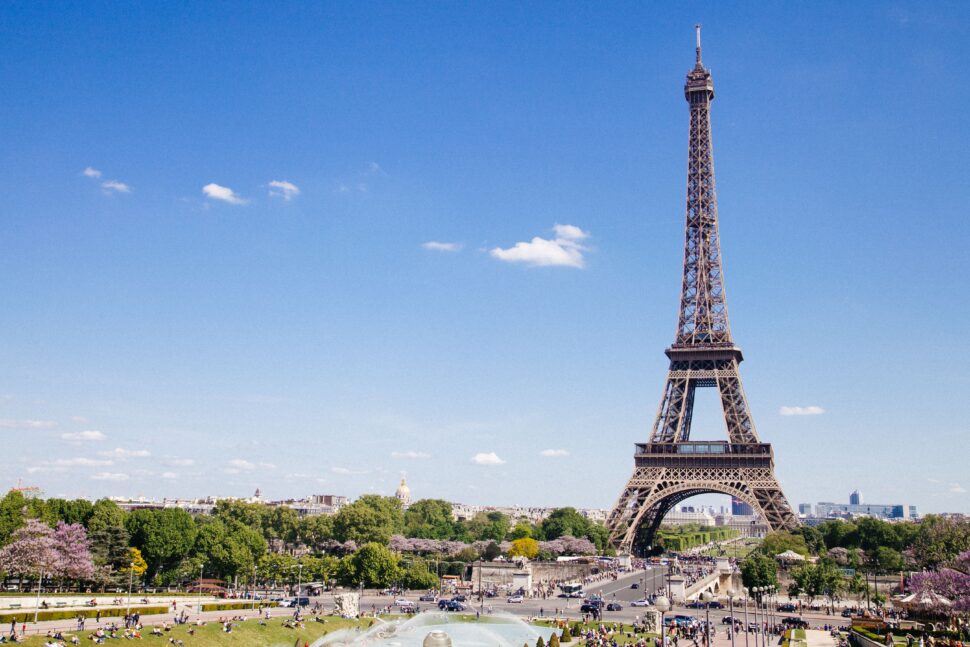
Many travelers come to Paris’ 7th arrondissement to see the Eiffel Tower, which is an iconic structure, but the district offers much more. One of the most popular attractions with locals is Rue Cler. Rue Cler is one of the most famous street markets in Paris, which is the perfect place to take in the Parisian ambiance or to start the short trip to the Rodin Museum.
8th Arrondissement: Champs-Elysées
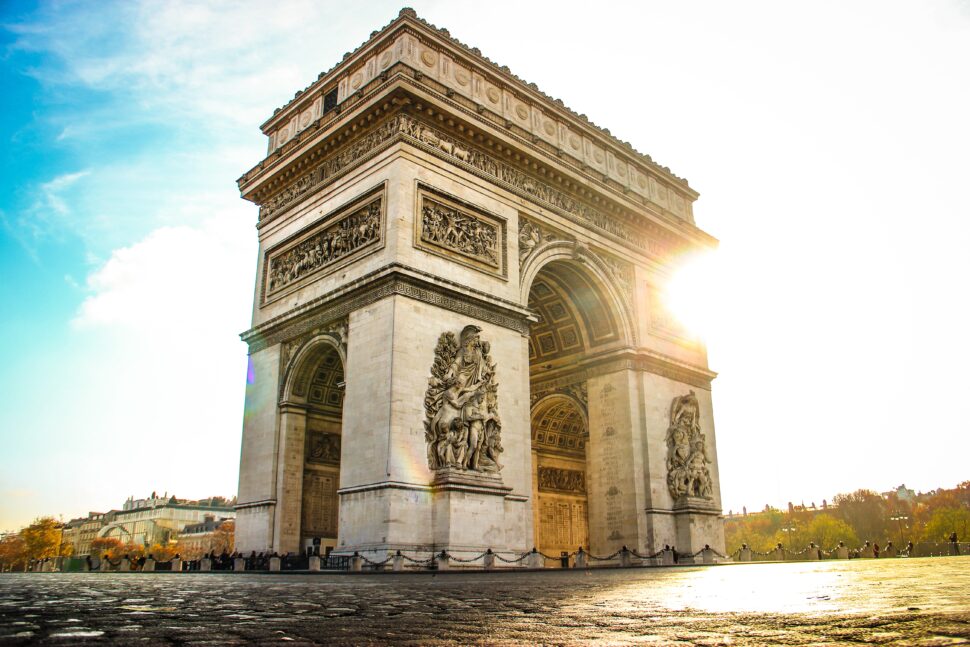
The 8th arrondissement is a luxurious fashion district. There are plenty of lavish hotels and romantic spots in this district, which makes it one of the more expensive areas. Travelers should stop to see the world-famous Champs-Elysées or the Elysées Palace, which is the official residence of the French President.
9th Arrondissement: Opéra
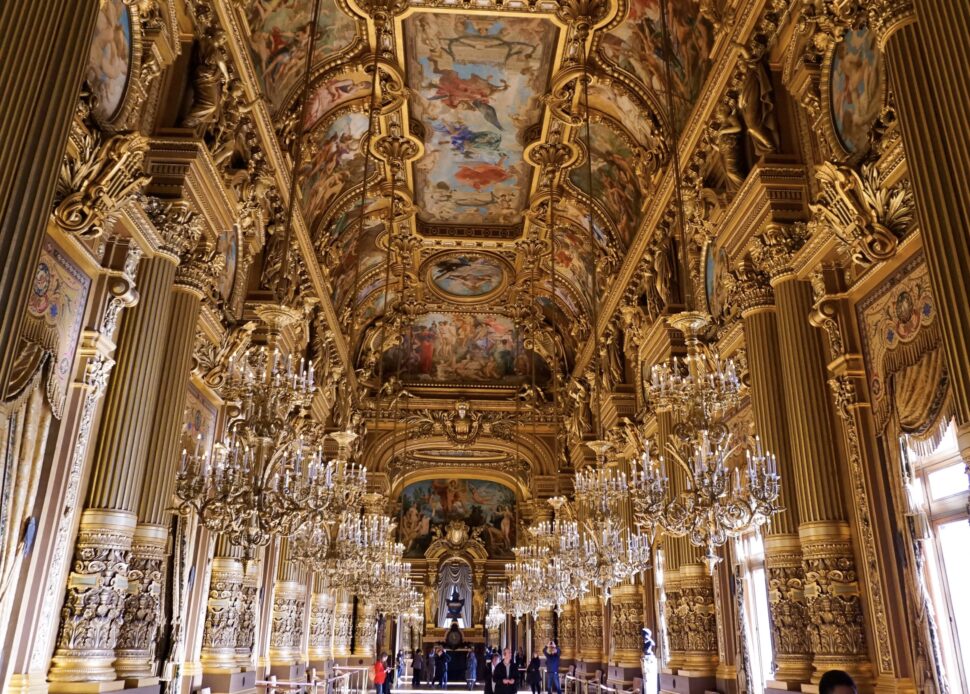
Paris’ 9th arrondissement was the intellectual capital but has since had a hip makeover. Due to its location, it is a great place to stay for those who do not want to pay exorbitant prices to stay close to well-known attractions. The most well-known attraction is the Opéra Garnier (also known as the Palais Garnier), but travelers will enjoy the local life and welcoming neighborhoods of this district.
10th Arrondissement: Canal Saint-Martin

The 10th arrondissement has two of the biggest train stations, Gare du Nord and Gare de l’Est, which makes travel a bit easier for visitors. This district offers a more bohemian feel and offers visitors a serene atmosphere. Stroll along the Canal Saint-Martin or check out vintage shopping around the area.
11th Arrondissement: Oberkampf
This district is east of Paris and offers a significantly smaller number of tourist sites. The local charm of the 11th arrondissement is thriving and attracts younger Parisians due to its low cost of living. With working-class roots and a young population, the area is home to many cool places to party like Sans Souci.
12th Arrondissement: Reuilly
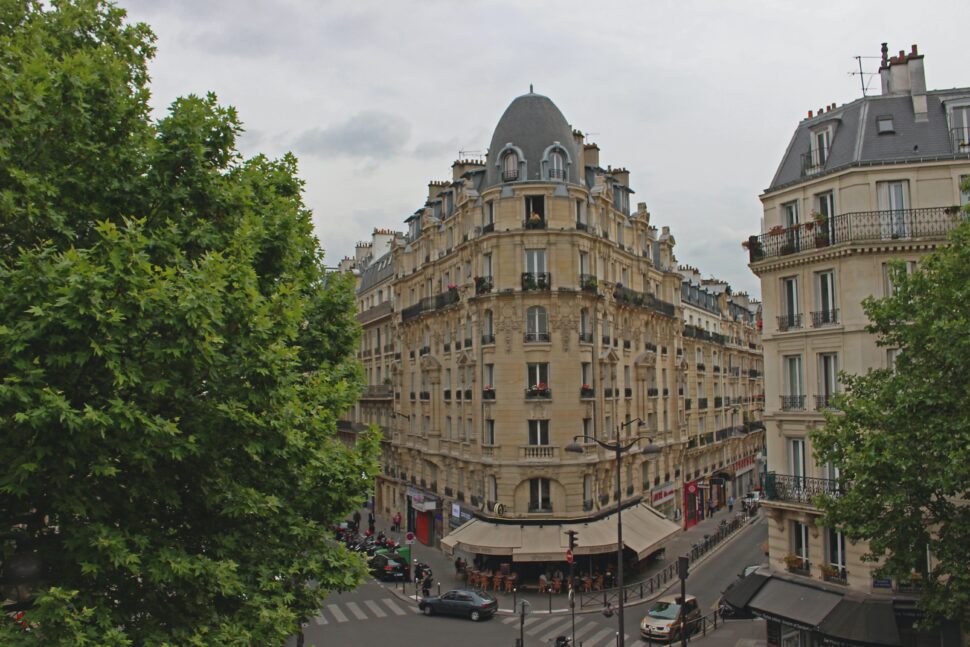
This arrondissement is one of the main residential areas of Paris and is the greenest district, so it is great for families. The 12th arrondissement may not be the most bustling area, but it offers plenty to travelers. Visitors can walk the promenade, visit the Bercy Village, or visit a garden or park (like the Coulée Verte).
13th Arrondissement: Gobelins
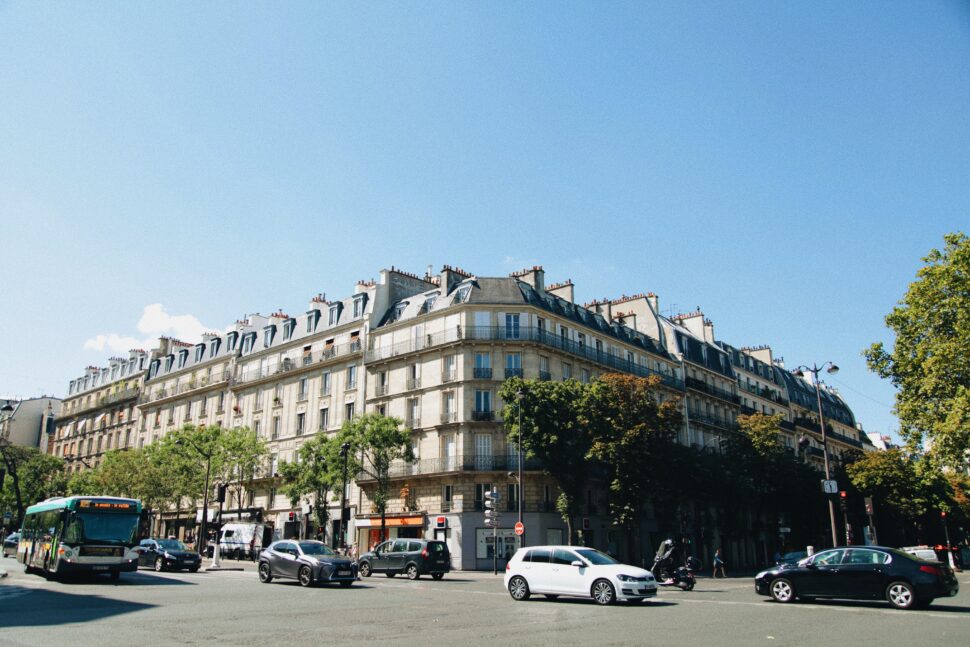
The Quartier Asiatique is one of the best-known attractions in this district. It is home to the largest (and oldest) Chinatown in Europe. Another popular attraction is the Château de la Reine Blanche, which is the former Gobelins family mansion (a family that produced famous tapestries) and can be toured to this day.
14th Arrondissement: Montparnasse

This district offers the best environment for locals or frequent travelers since it is off the beaten path. There are plenty of hidden gems, like Parc Montsouris and the Catacombs of Paris, in this underrated arrondissement. For those who want to explore Paris like a local, this district is ideal.
15th Arrondissement: Vaugirard
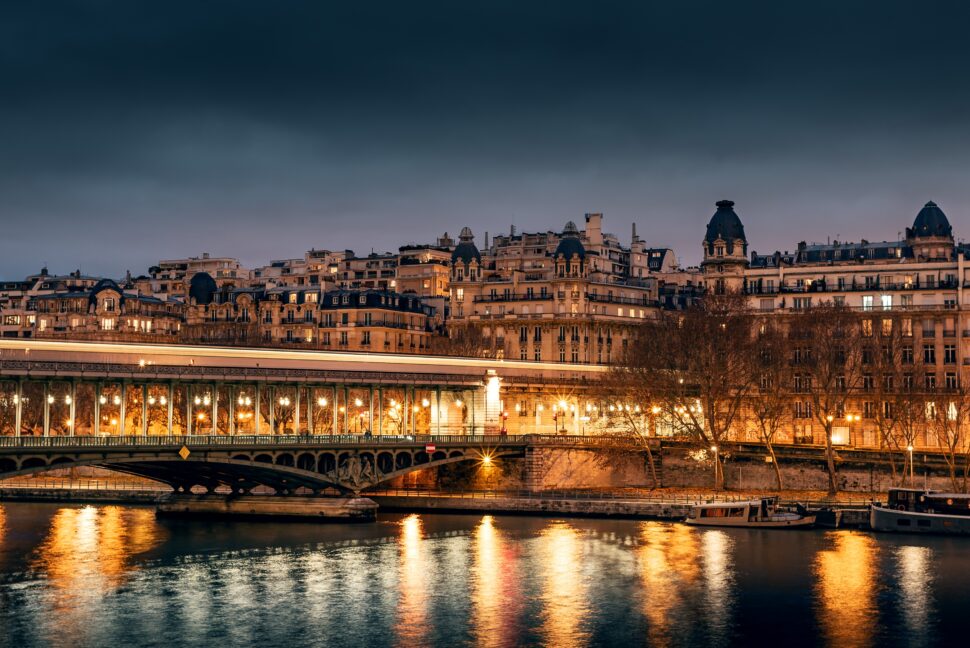
This southwest district is more residential and is located on the left bank of the Seine. The area is ideal for travelers who enjoy slower-paced environments or have a family that appreciates the quiet (and do not mind being away from the popular tourist sites). With plenty of parks and even a gorgeous bridge named the Pont de Bir-Hakeim, this district offers a relaxed and family-friendly area.
16th Arrondissement: Passy
Unofficially titled the posh arrondissement, this westernmost district has an appreciation for art and culture. The Musée Marmottan is a popular attraction since it is a place where visitors can view Monet’s work. The upscale district has many museums and luxury shopping opportunities on nearly every street.
17th Arrondissement: Batignolles
This northwestern district is a charming village with trendy yet residential attractions. With less tourist appeal, this district mostly offers cafés, bars and restaurants. Travelers will enjoy the sprawling park named Square des Batignolles, which has a tranquil stream, sculptures, and plenty of wildlife.
18th Arrondissement: Montmartre
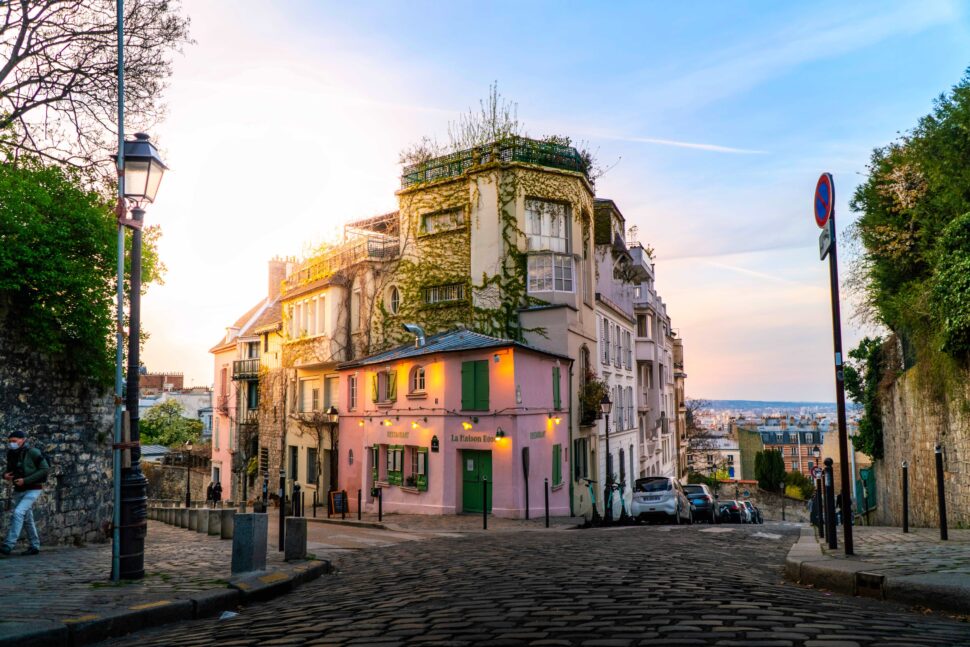
This hilltop neighborhood has, of course, the bohemian Montmartre but also offers Little India and Africa areas. A popular tourist destination in this district is the La Maison Rose, a nice cáfe that was once frequented by Picasso himself. The 18th arrondissement even has the last remaining vineyards of Paris, Le Clos Montmartre.
19th Arrondissement: Buttes-Chaumont
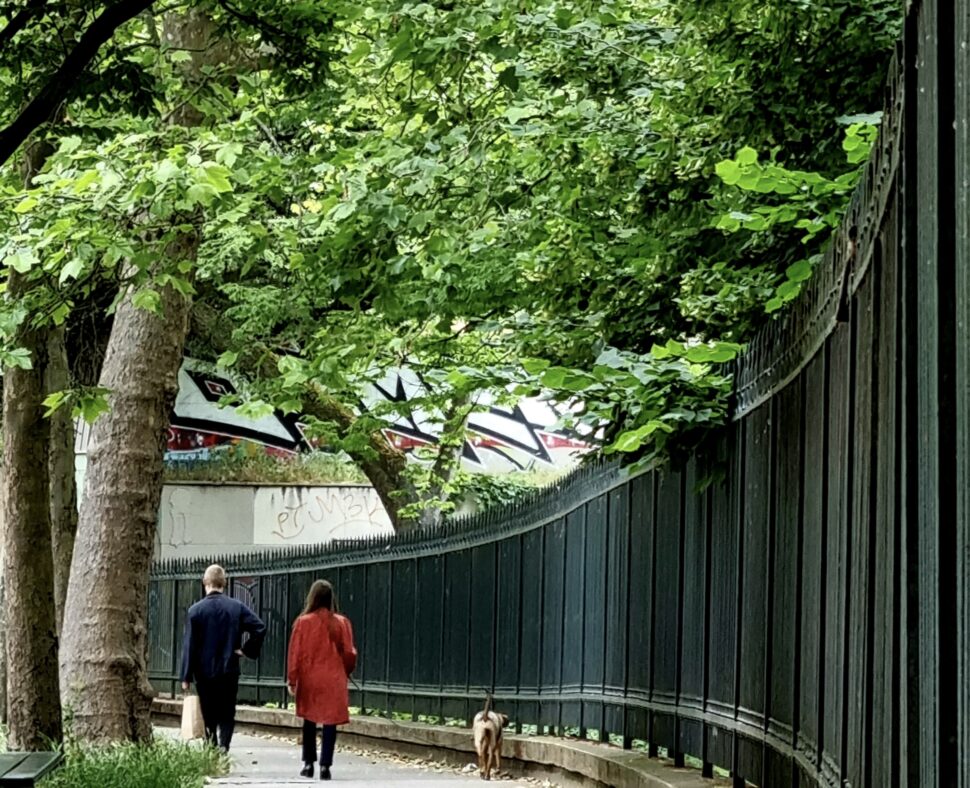
This northwestern district is great for travelers who want to escape the crowds. The countryside offers some of the best parks. The most popular to visit are the areas near the Rotunda at La Villette, like the park of Buttes-Chaumont.
20th Arrondissement: Belleville

Around half an hour from central Paris and on the eastern side, Paris’ 20th arrondissement is an authentic and active community. It is best known for being the home of Père Lachaise Cemetery since it is the final resting place of the rich and famous (think Oscar Wilde and Edith Piaf). Visitors can take walking tours of the cemetery to explore the history and people of this district. Parc de Belleville even provides some of the best views of Paris, so the tourist areas can be enjoyed from afar.
